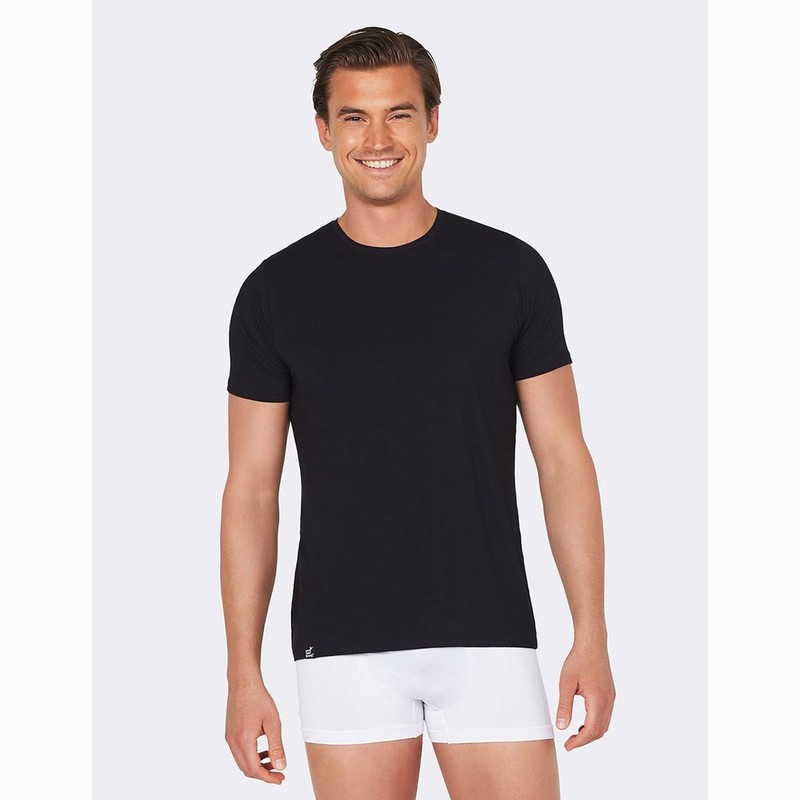Recommended Tips To Picking Bamboo Clothes
Wiki Article
What Are The Environmental Benefits Of Hemp Clothing That Is Low-Impact?
Hemp clothing that is low impact offers several environmental advantages as compared to clothing made from other materials, notably synthetic fibers and cotton that is conventional. Hemp clothing offers several environmental advantages. It is very fast growing and requires less water and pesticides. Hemp can flourish in a variety of conditions and is able to adapt to different types of soils, thus reducing the need for agricultural chemicals.
Hemp is less water-intensive than cotton. Cotton is well-known for its high water usage. Hemp is an efficient use of water to make clothing.
Hemp is usually produced without the use of synthetic pesticides. The use of herbicides is also not required. This reduces the environmental harm that comes with chemical farming.
Hemp is good for the health of soil. The deep roots of the plant help to prevent erosion and compaction. Hemp cultivation also enhances the soil for future crops.
Biodegradability - Hemp fibers are biodegradable and disintegrate naturally over time, thus reducing the environmental impact of textile waste. Polyurethane and synthetic fibers can require a long time to break down.
Lower Carbon Footprint Hemp fibers are made with lower carbon footprint than synthetic materials. Furthermore, hemp is able to capture carbon dioxide from the air in its growth and act as carbon sink.
Hemp clothing's durability and long-lasting is widely known. Hemp clothing of high-quality can last for years. They reduce the requirement for replacements and also aid in reducing consumption.
Natural Pest Resistance- Hemp plants have natural resistance to numerous pests, thus reducing the need for chemical pest control measures.
The versatility of Hemp is a great material in a variety of textile uses such as bags, clothing, and accessories, making it a versatile and sustainable choice for fashion and textiles.
Regenerative Agriculture: Some sustainable farming practices integrate hemp into regenerative agriculture systems that seek to improve and restore ecosystems and produce crops. This approach has positive environmental effects.
While hemp offers many environmental benefits, its sustainability is also affected by other aspects including dyeing, transportation and consumer behaviour. Similar to any industry, there are differences in the standards and practices used for production. It's essential to pick organic clothing that is certified sustainable or organic to get the best environmental benefits. Follow the recommended recommended site for hemp clothing for more tips including 100 hemp t shirt, patagonia volley shorts, hemp fleece fabric, hemp athletic wear, hemp jacket, hemp cotton fabric, patagonia island hemp pants, hemp jacket, hemp coat, organic hemp underwear and more.
What's The Secret Behind Hemp's Moisture-Wicking, Thermoregulating And Breathable Properties?
Hemp fibers are water-wicking and breathable. They also have thermoregulatory qualities due to their distinctive chemical and structural properties. These properties can be attributed to the following factors- Microscopical Structure- Hemp has a porous and hollow structure, which allows for air circulation within the fibers. This natural porosity makes hemp textiles highly ventilated. When knitted or woven together, this fabric lets air flow. It aids in ventilation by preventing heat and moisture from being trapped in the skin.
Moisture Absorption and Wicking- Hemp fibers are hydrophilic and have a high affinity for water and can absorb moisture easily. Wearing hemp clothes can aid in absorbing sweat and moisture, which can stop the sensation of being wet. Moreover hemp fibers are effective at wicking moisture away from the body, dispersing it across a larger surface area of the fabric, where it can evaporate more quickly. The hemp's moisture-wicking properties make you feel dry and comfortable during exercises or exercising in hot weather.
Hemp fibers are naturally insulating. If it's cold they are able to trap heat near the body and provide warmth. They also let the heat and moisture to escape during hot temperatures and help to reduce heat. Because of this inherent thermoregulating property, hemp clothing can be used for different temperatures and activities.
Hemp fibers have natural antimicrobial properties that prevent the growth of odor-causing bacteria. This is a factor that contributes to the freshness, and also odor resistance in hemp clothing.
Hemp clothing is tough and long-lasting. It can be washed and worn over and over without losing its breathability and moisture-wicking abilities. The durability of hemp clothing increases its life span, decreasing the need to replace it and the environmental impact.
UV Protection- Hemp fibers provide a level of natural UV protection, shielding the skin from harmful ultraviolet radiation. This UV-blocking property adds to hemp clothing's versatility, making it perfect for outdoor pursuits.
It is crucial to understand that these characteristics are found in hemp fibres. They do not depend upon chemical treatments or other additives. The natural properties of hemp create a sustainable and comfortable fabric, especially for outdoor clothing, activewear and warm weather clothing. Additionally, these qualities are maintained even when hemp fibers are processed and weaved into textiles which makes them highly desirable for environmentally friendly and functional clothing. Follow the top rated hemp clothes for website info including hemp cotton fabric, patagonia volley shorts, hemp athletic wear, hemp polo shirts, hemp button shirt, hemp fabric, hemp dress, hemp pants mens, hemp sweatshirt, hemp fabric and more.

What Are The Benefits Of Wearing Bamboo Clothes In Terms Of Comfort And Environmental Impact?
Bamboo clothing is an excellent option for comfort as well as the environmental.
The softness of bamboo fabric is appreciated for its incredible softness. It's silky and soft to the touch, which makes it comfortable on the skin. Bamboo clothing is incredibly soft and popular for loungewear, activewear intimate clothes, and many other types of clothing.
Breathability- Bamboo fibers are naturally breathable and wick moisture away. Micro-gaps permit air circulation, which keeps you cool in hot weather. Moisture-wicking fabrics can remove sweat off your skin, and also reduce the sensation of dampness.
Bamboo clothing has excellent thermoregulatory characteristics. It can help keep you warm in colder temperatures due to the fact that it holds warmth close to the skin. In hot temperatures, it will help you stay cooler by allowing excess heat and moisture to escape. Bamboo is able to adapt to a variety of temperatures, it's suitable for all seasons.
Hypoallergenic- Fabric made from bamboo is soft and hypoallergenic. Bamboo fabric is less likely to irritate or cause allergic reactions.
Bamboo fibers are naturally antimicrobial agents that help prevent the spread and growth of bacteria that cause odor. This makes bamboo clothing remaining fresh, even when worn when exercising.
Environment-
Sustainability- Bamboo is a highly sustainable and renewable resource. It is among the fastest-growing species and requires a small amount of water. It doesn't require herbicides, pesticides, or any other chemical are required for its cultivation. Bamboo can be harvested without injury to the plant because its roots regenerate.
Bamboo is a natural water-efficient plant. Bamboo can withstand the rigors of a small amount of water and can grow with only rainwater.
Biodegradability. Bamboo clothing will naturally decompose as time passes if it is removed. This property reduces the amount of nonbiodegradable textiles that end up in the garbage dumps.
Carbon Sequestration Bamboo plants are able to sequester CO2 from air during the rapid expansion. Bamboo farming is a great way to reduce greenhouse gas emissions as well as act as a carbon source.
Chemical Reduction - The production and processing of bamboo fabrics typically requires fewer chemicals than some other textiles. This can help reduce the environmental impact that the manufacturing of textiles is a contributor to.
Closed-Loop Production- Certain bamboo fabric production processes use closed-loop systems, which recycle and reuse water and chemicals, minimizing pollution and waste.
Be aware that the effects of bamboo clothes on the environment could be different based on the kind of manufacturing process used and the source of bamboo used and sustainable from bamboo forests. If you're hoping to get the most environmental benefits from bamboo clothing, look for environmentally-friendly and ethical production methods. Have a look at the best sell on bamboo clothes for website info including bamboo sweatshirt, bamboo twirl dress, women's freefly apparel, bamboo shirt, short sleeve bamboo pajamas, bamboo yoga trousers, bamboo yoga trousers, bamboo shorts womens, bamboo sportswear, bamboo leggings and more.

